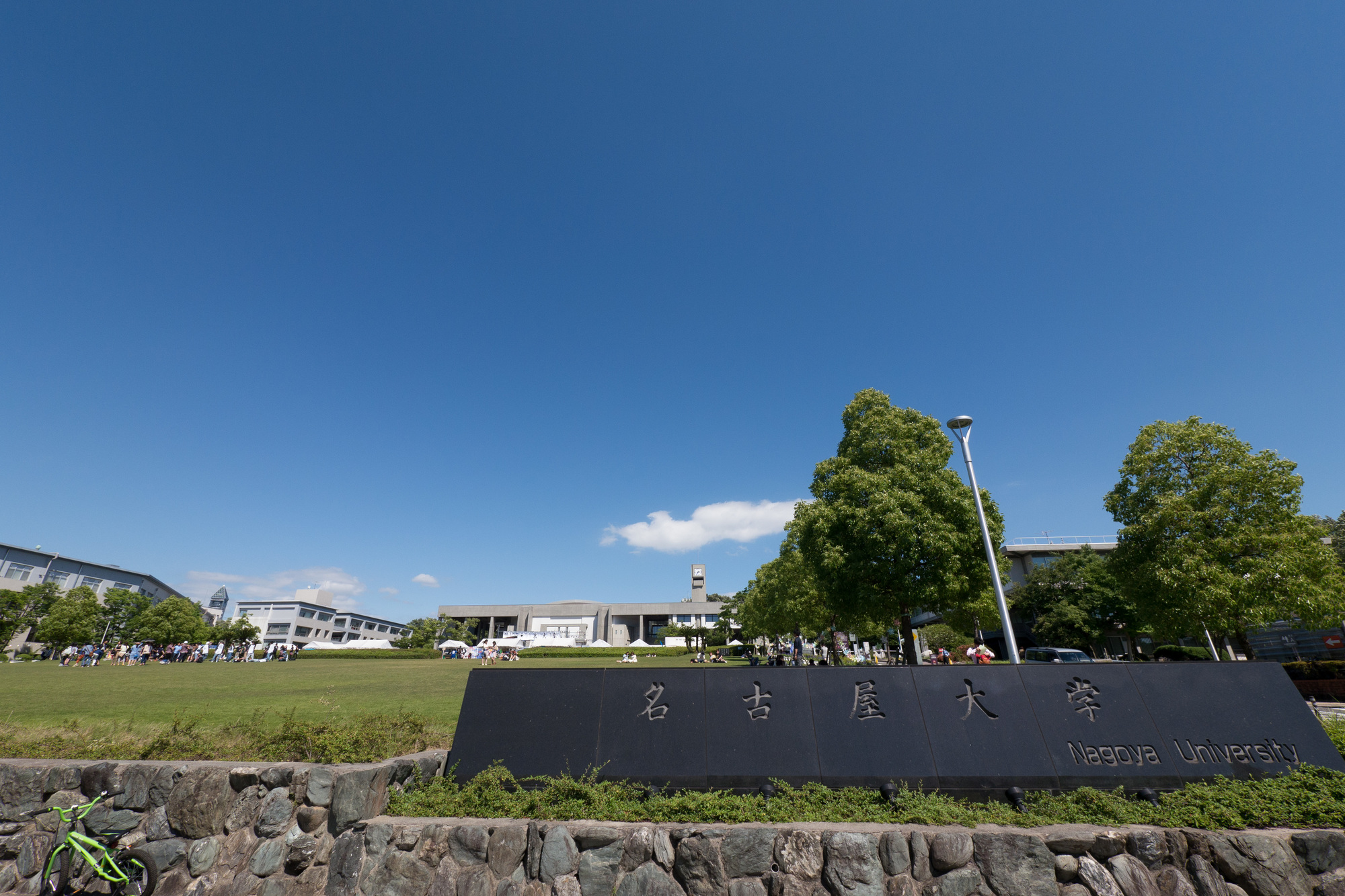The research group of Associate Professor Kazuhiro Abe of Nagoya University succeeded in determining the number of ions transported at one time by the gastric proton pump responsible for the secretion of gastric acid.
The gastric proton pump transports "acid" (also called hydrogen ion, H +, or proton) into the stomach, making the inside of the stomach as strongly acidic (pH 1) as hydrochloric acid.This pump uses intracellular ATP as fuel to transport H + against the concentration gradient, but the intracellular is neutral (pH 7) and the H + concentration is low, and the extracellular (in the stomach) is high in H + (in the stomach). pH1).The difference is as much as one million times.
Theoretically, the gastric proton pump can carry two H + at a time if the inside of the stomach is weakly acidic, but it can carry only one if the inside of the stomach at the time of digestion is strongly acidic.However, it has been unknown for 2 years since the discovery of the pump how many ions can actually be carried at one time.
The research group expressed a large amount of gastric proton pump using cultured human-derived cells, adjusted it to the K + bound state, created three-dimensional crystals of the pump, and then conducted an X-ray diffraction experiment in a large radiation facility.By analysis of the three-dimensional structure, only one K + was bound to the ionic bond.Previous studies by the group have shown that gastric proton pumps carry the same number of H + and K + in antiport, and this time they have discovered for the first time that the energy gained from one ATP transports one H + and one K + each.
The reason for the "inefficiency" of carrying only one K + in weakly acidic conditions is the pair of lysine and glutamate used by the gastric proton pump to release H + in a strongly acidic environment.The positive charge of lysine forcibly pushes out the glutamate-bound H + and pushes H + into the acidic stomach, but this pair takes up space at the junction, physically disabling the second K +.The research group says that this structure, which prioritizes the creation of a strong acid environment over efficiency, can be understood by the selection pressure of evolution.
Paper information:[ELife] A single K + -binding site in the crystal structure of the gastric proton pump

